Blackout-free Minnesota Twins baseball is finally here.
Well, almost.
Following a year of turmoil surrounding their television broadcast rights, the Twins agreed to a new deal Tuesday to be broadcast by Major League Baseball that provides clarity and allows roughly 150 games to be aired locally without restrictions.
MLB announced it would broadcast games for the Twins, Milwaukee Brewers and Cleveland Guardians starting next season. The Twins’ plan includes both a dedicated local television station and direct to consumer digital streaming, team president Dave St. Peter said.
Though national television commitments will prevent all 162 games from airing via local options, the new deal ensures fans in Twins Territory should see the bulk of the team’s games without restriction.
The price, while not specified, should be comparable to the $19.99 per month and $99.99 season packages offered by the San Diego Padres, Arizona Diamondbacks and Colorado Rockies last season, a team source said.
“It’s an exciting day for the organization, but more importantly, for our fans and for our partners,” St. Peter said. “It will eliminate all blackouts, as we have come to know and hate them. It will bring, in our view, an enhanced production of Twins baseball, of innovation and new features that I think will make an already excellent television production team led by Cory Provus and Justin Morneau and others and make them even better. It will propel us into the future with a direct-to-consumer streaming option that our fans have been desperately asking for.”
The new arrangement helps the team and its fans on two fronts. First, it means the Twins will be available to an additional 3.3 million households in Twins Territory next season, up to approximately 4.4 million from 1.08 million in the past. Second, local fans no longer would need to purchase a cable package to be able to watch Twins games.
This is a path the Twins thought they were on a year ago.
When it was announced he’d been named the team’s TV play-by-play broadcaster in December 2023, Provus declared “blackouts are gone” as one of the biggest reasons he agreed to switch over from radio.
With their Bally/Diamond Sports Group contract expiring after the 2023 season, the Twins were well down the road in allowing MLB to produce broadcasts because of the extended reach such a deal would provide. Believing they were out of the sight and minds of too many fans, the Twins hoped to reduce blackouts and provide fans with a direct-to-consumer streaming option.
But in early February, Bally/Diamond swooped in with a new more lucrative offer the Twins accepted, albeit one that didn’t provide a streaming option, which angered fans hoping to watch games without a required cable subscription.
The team’s broadcast situation worsened on May 1 when Comcast pulled Bally Sports North from its lineup because of a contract dispute between Comcast and Diamond. Whereas Diamond completed deals with several other cable providers in the same timeframe, team sources were stunned when the parties couldn’t reach a deal, which led to a three-month blackout that affected a significant chunk of viewers throughout Twins Territory.
Comcast didn’t budge in its negotiations and Diamond finally relented later in the summer, allowing the carrier to place broadcasts on a separate premium sports tier, which cost subscribers an additional $20 per month beyond regular cable fees.
The Twins finally returned to Comcast airwaves on Aug. 1. The final 55 games aired on local cable before the team’s latest contract with Bally/Diamond expired at season’s end.
In bankruptcy court last week, Diamond said it planned to eliminate deals with Detroit and Tampa Bay while also suggesting it needed to renegotiate contracts with the Los Angeles Angels, St. Louis Cardinals, Kansas City Royals, Miami Marlins and Cincinnati Reds.
Though the Twins also had an opportunity to renegotiate with Diamond/Bally and perhaps face another offseason full of fiscal uncertainty until a deal was reached, they opted for certainty. St. Peter said feedback from teams broadcast by MLB last season increased the Twins’ comfort in making the leap.
“We felt like this was the best path,” St. Peter said. “The distribution has been there and frankly the fan feedback has been really positive. We felt like clarity for our fans was the most important thing that we could bring heading into 2025, realizing the uncertainty that we’ve been dealing with really since Opening Day of ’23 and then what we dealt with last offseason and then over the course of the ’24 season. We wanted to maybe give fans greater clarity on how they’re going to be able to follow the Twins in ’25. Therefore the timing of the decision, we wanted to move sooner versus later.”
Whereas previous TV contracts netted the Twins up to $54 million per season, the new model won’t bring in nearly as much. Team sources said the one-year contract the Twins accepted last February wasn’t nearly as lucrative as its previous deal.
Team sources cited reduced TV revenue as a significant factor in the team’s decision to slash player payroll by nearly $30 million last season from a club-record $160 million in 2023. Despite the further expected reduction in broadcast rights fees, St. Peter said payroll should stay the same next season. Last week, a team source said no further payroll cuts were planned for the 2025 season.
“They knew the direction we were headed on local television, so I don’t think today’s announcement has any impact on payroll,” St. Peter said.
What the decision could affect is what faces fans may see on their televisions, laptops, phones and other streaming devices. Provus and lead analyst Morneau are expected to return to the team’s broadcasts in 2024. Beyond those two, the Twins must determine who comes with them to produce the broadcast schedule, including pre- and post-game shows.
“As much as we’re excited about today, the bittersweet nature of it is we know today’s decision creates a lot of uncertainty for people within the Bally Sports North family and it’s something the Twins are incredibly sensitive to,” St. Peter said. “There’s a lot of women and men that have been involved in the production, the sales, the distribution of Twins baseball for a long, long time. We care about those people. As we go forward, that’s an area we’re going to focus on. I’m hoping we’re going to be able to find roles for a number of those people in the production of Twins baseball on the MLB platform. But we have work to do on that front.”
(Photo of Carlos Correa: Brandon Sloter / Image Of Sport / Getty Images)



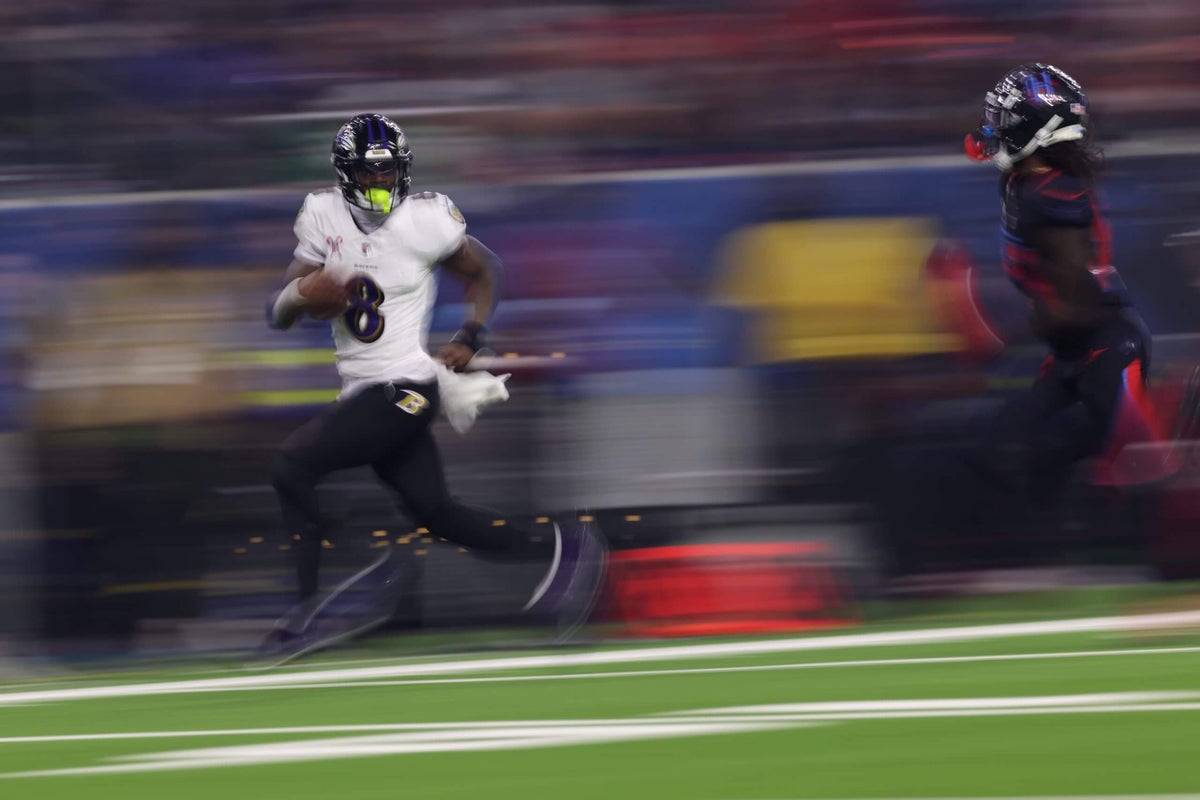

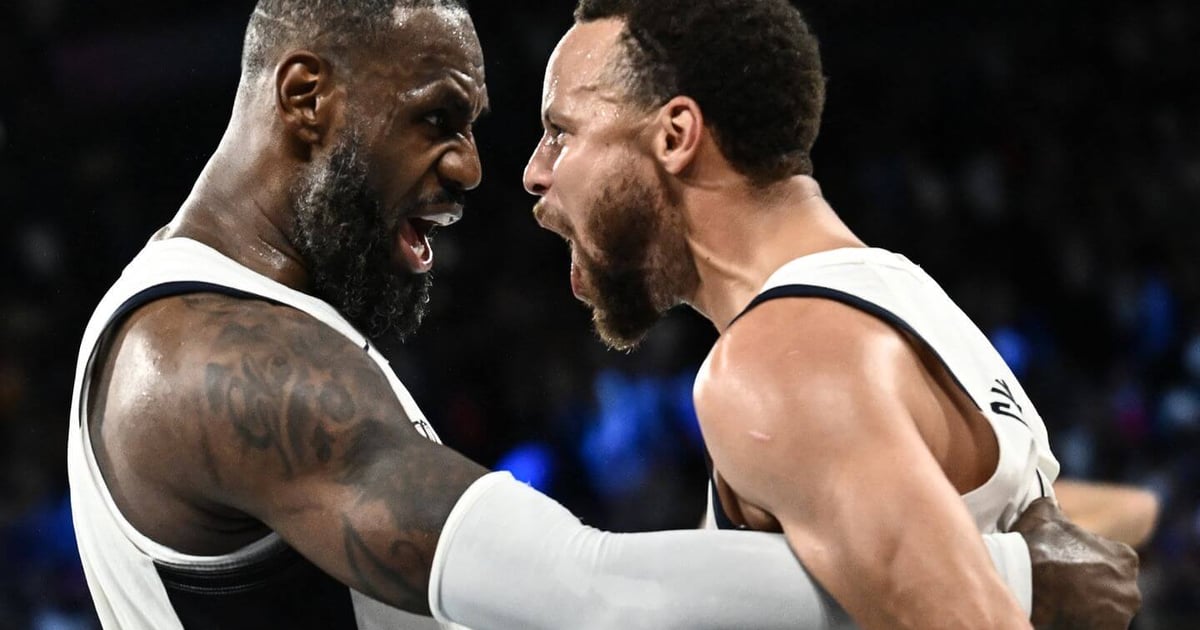
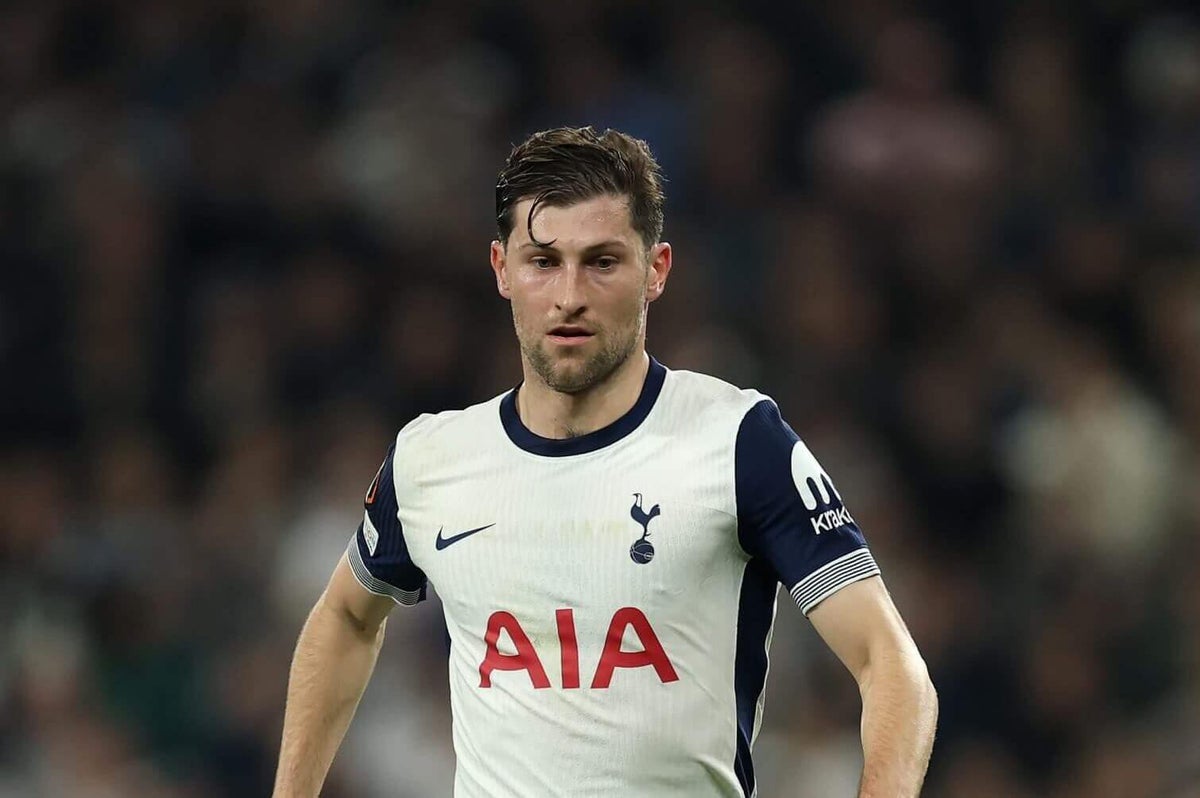


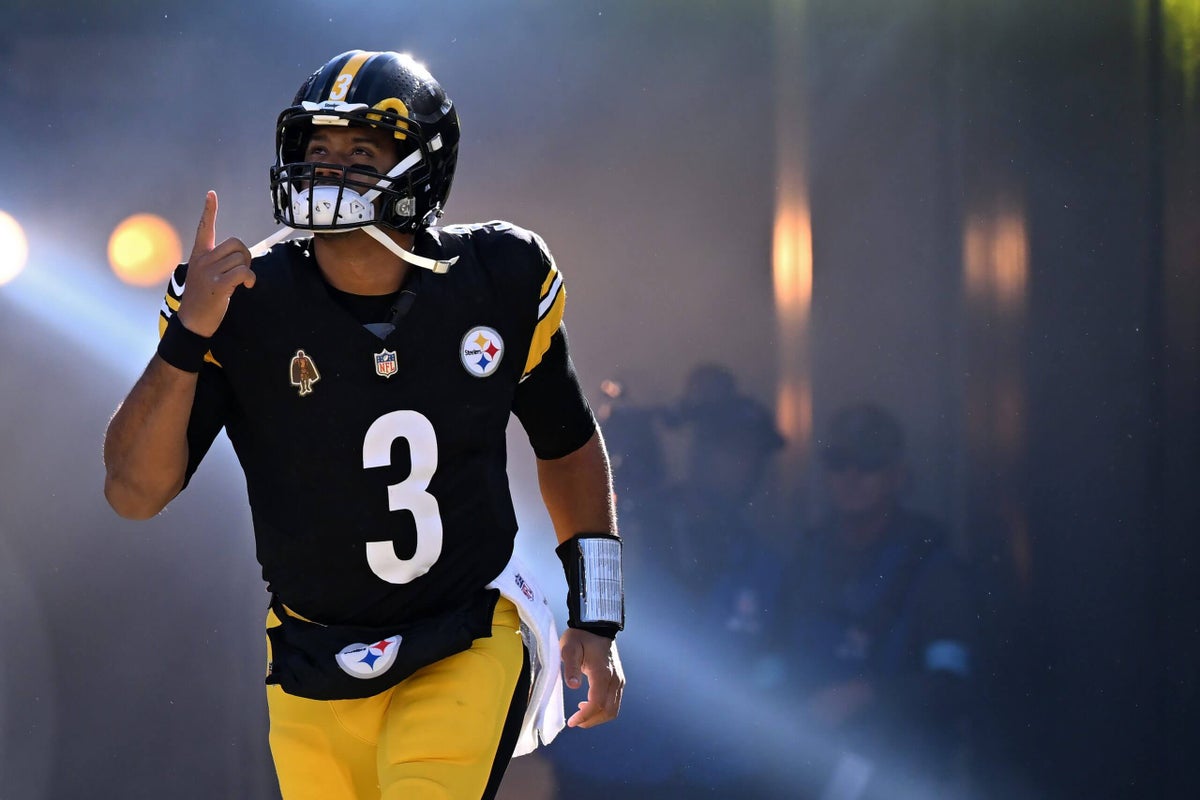
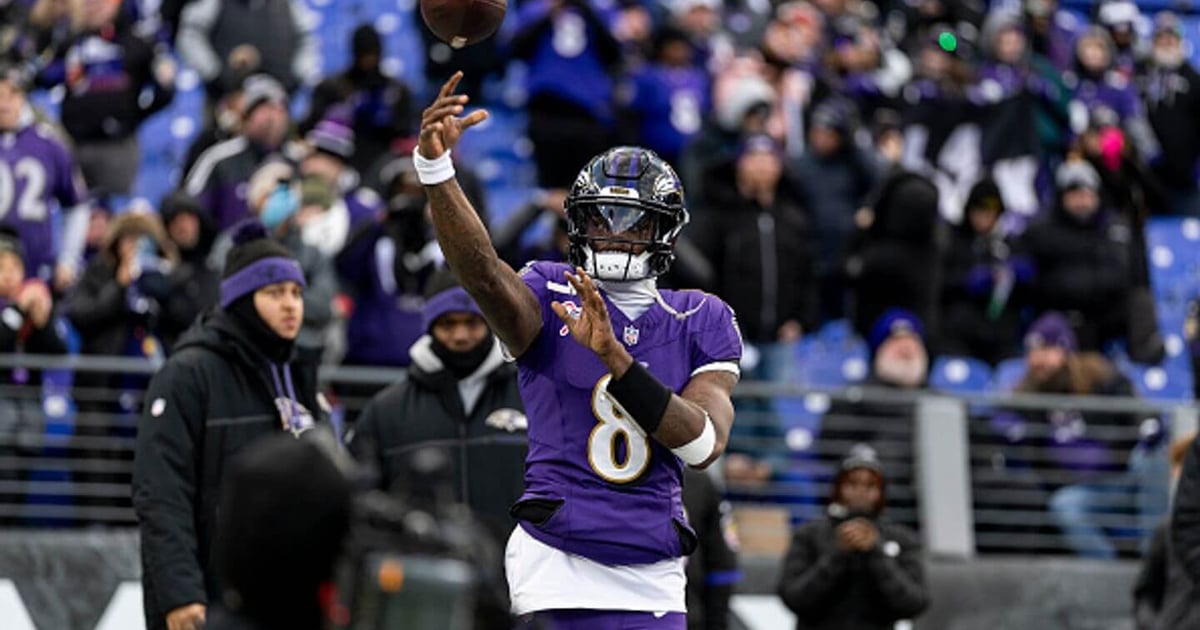
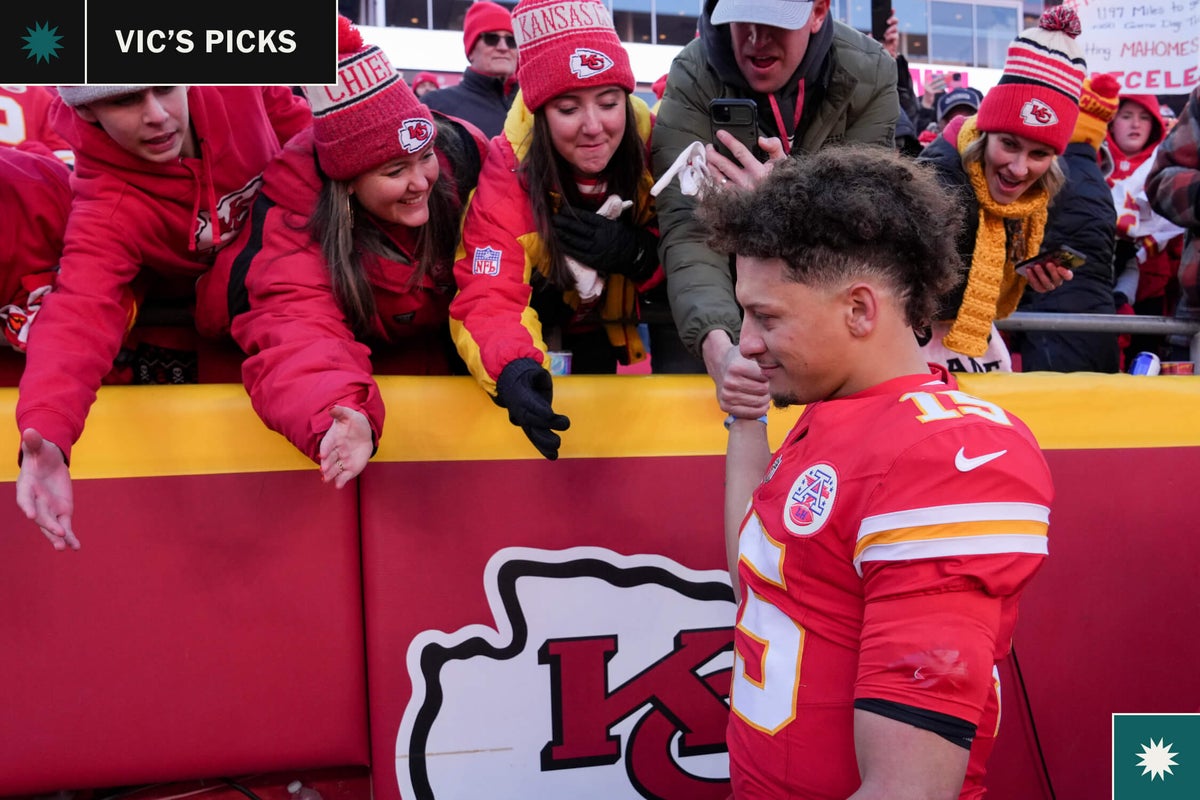
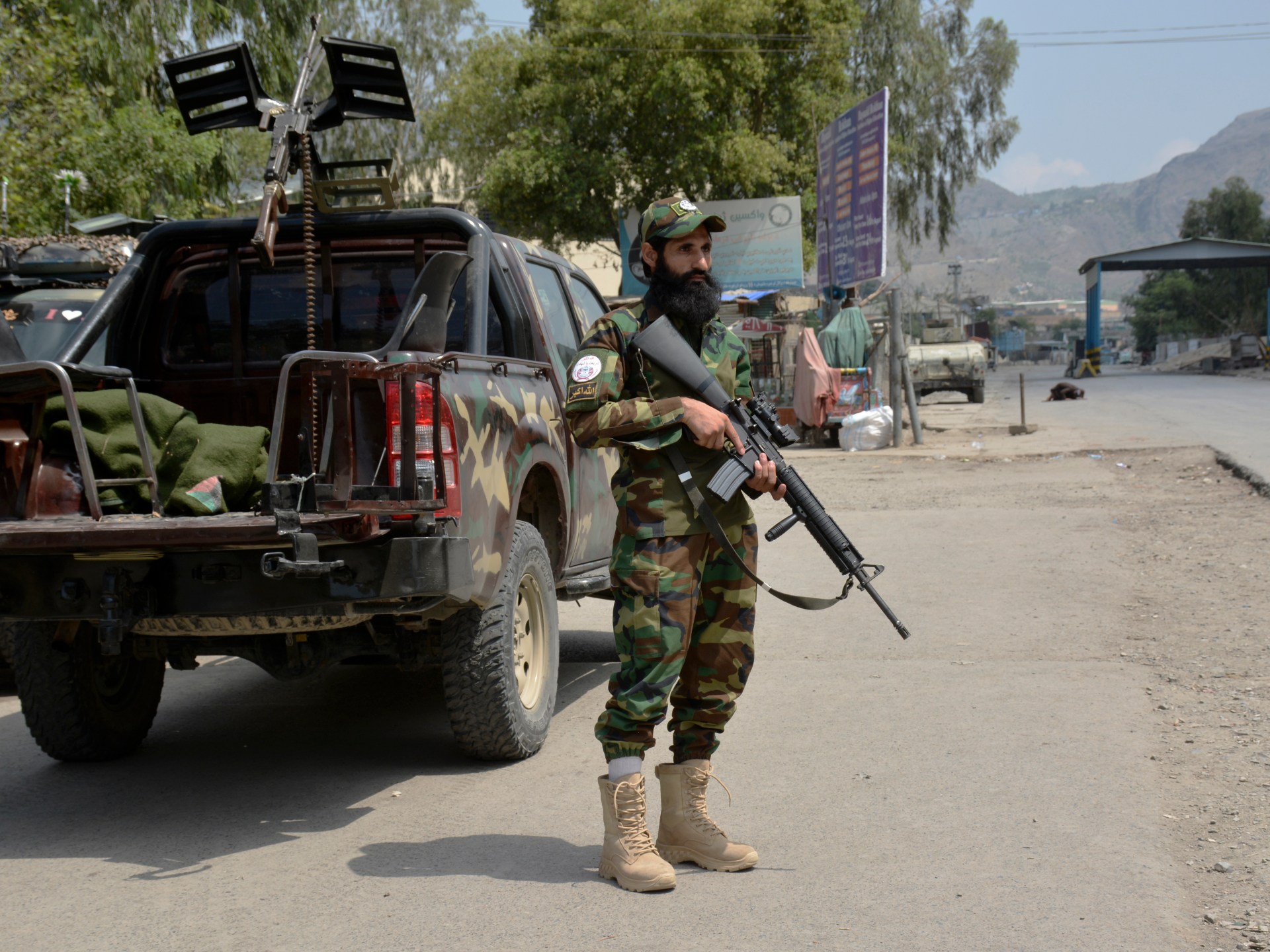

Leave a Reply